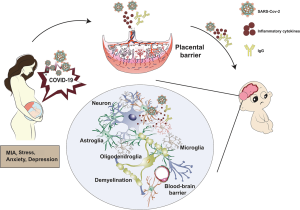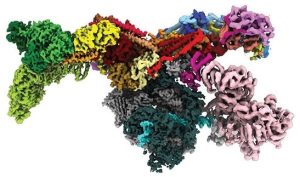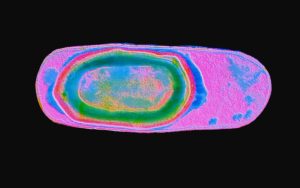
Who makes the diagnosis and administers the treatment for rheumatic diseases?
Rheumatologists, who have received specialized training in this area, diagnose and treat patients with rheumatic disorders.
Rheumatologists treat more than 100 different types of arthritis and rheumatic disorders, with the majority of cases being inflammatory rheumatic diseases such gout, lupus, and rheumatoid arthritis.
Rheumatism is a condition.
Any of the wide range of inflammatory joint illnesses have historically been referred to as rheumatism. The diseases that are described under rheumatoid disorders may now be included under rheumatism as they are no longer utilized as such in medical literature.
Some nations refer to the fibromyalgia syndrome as rheumatism. Hence, there are two types of rheumatism:Rheumatoid arthritis, lupus, gout, spondylitis, and other conditions that typically affect joints are considered to be articular diseases.
the ones that are non-articular or that affect the muscles, soft tissues, and cause regional pain syndromes
As people age, the majority experience joint pain and stiffness. Several cases that were initially diagnosed as rheumatism turned out to be osteoarthritis rather than rheumatoid arthritis or any other inflammatory condition.What disorders are classed as rheumatoid disorders?
Rheumatoid disorders do not include osteoarthritis. Some of the disorders included are rheumatoid arthritis, lupus, gout, scleroderma, juvenile idiopathic arthritis, Sjögren’s syndrome, spondylarthritides, polymyalgia rheumatic, systemic vasculitis like giant cell arteritis etc.
Symptoms of inflammatory joint disorders
Inflammatory joint disorders involve intense joint pain, swelling, stiffness and fatigue experienced when the person is middle aged.
This severely affects working capacity and functioning involving building and sustaining careers, child-rearing and essential daily activities.
Inflammatory rheumatic disorders affect over 7 million Americans and of these 1.3 million adults have rheumatoid arthritis.
In Europe more than 100 million people are affected by rheumatic diseases. This is almost one quarter of the whole population.
It is seen from US statistics that that between 161,000 and 322,000 adults have lupus and nearly 300,000 American children suffer from rheumatic diseases, the most common of which is juvenile idiopathic arthritis or juvenile rheumatoid arthritis (JRA).






